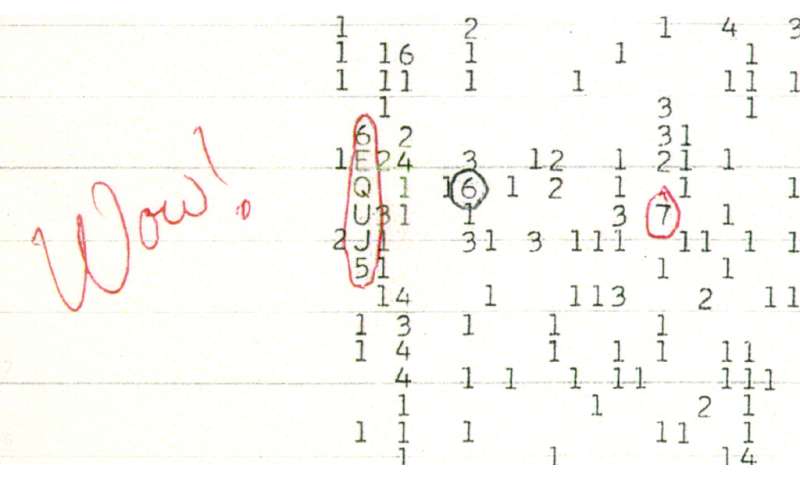Best of Last Week: New kind of physics, cheap N95 respirators, and controlling pain

It was another good week for space science as amateur astronomer Alberto Caballero found possible evidence for a source of the famous "Wow!" signal—a sun-like star in the region of space where the signal originated that could conceivably have an exoplanet capable of hosting intelligent life forms. Also, an international team of researchers using Planck data from the cosmic microwave background radiation, observed a hint of new physics that might suggest dark matter or dark energy is behind a violation of the so-called "parity symmetry." And another international team of researchers (with the Borexino Collaboration) detected neutrinos from the sun, directly revealing for the first time that the carbon-nitrogen-oxygen fusion cycle is at work in our sun.
In technology news, a team at the University of Michigan looked into using AI as a potential tool to create new architectural designs. And a team at Cerebras Systems designed what it described as "the world's most powerful AI computer system" based on a trillion-transistor chip—besides breaking a chip speed record, the new system, the researchers claim, could open the door for major breakthroughs in scientific computing performance. Also, a team at Johannes Kepler University developed an artificial intelligence technique to help drones find people lost in the woods. And a team at Stanford University invented an ultrafast way to manufacture perovskite solar modules.
In other news, Mahesh Bandi, a physicist with OIST Graduate University in Onna, Okinawa, developed a way to make N95-type respirators using a cotton candy machine and 3-D printer. Also, a team with members affiliated with several institutions in Japan found that bacteria can change the environment and the contents of the intestines, which can, in some ways, impact behaviors such as sleep.
And finally, if you are one of the millions of people around the world suffering from chronic pain, you may want to check out work done by a team led by a group at Kyushu University—they found a new pain control mechanism in the spinal cord that could lead to the development of a new kind of pain killers.
© 2020 Science X Network